TikTok Shop Launches in Japan Following its Expansion Strategy
TikTok officially launched TikTok Shop in Japan on June 30, rolling out its in-app eCommerce experience to
Starting a journey to connect with people worldwide and grow your business is amazing. Your online shop on Shopify is like a cool place on the internet, and it’s a great way to meet lots of potential customers. However, marketplaces like eBay can also help you reach even more people and make exciting things happen.
Navigating the eBay marketplace, however, can prove somewhat intricate, especially for newcomers. Knowing how selling on eBay works becomes super important as a beginner. So, let’s dive into understanding how you can start selling things on eBay as an aspiring beginner through this guide.
eBay is one of your best options alongside your Shopify online store to take your business global. However, understanding how does selling on eBay works can be a scary aspect for beginners. In this guide, we’ll explore the basics of creating a listing. Above all, you’ll learn everything from setting up your account to how you can sell things on eBay as a beginner.
The first question that often comes to everyone’s mind is – “is it easy to sell on eBay?” Well, it is. eBay is the leading diversified online marketplace. It generated a staggering $9.94 billion in revenue last year alone. Also, it caters to two main types of vendors:
No matter if you’re just starting or you’ve been at it for a while, eBay is a big platform where people from all over the world can see what you’re selling.
Selling items on eBay starts with creating a seller account. Then, you decide whether you want to list your products under fixed-price listing or auction listing. The third step begins with taking clear photographs and writing compelling copies of the titles and product descriptions. And finally, get prepared for the shipment by gathering the packaging requirements to ship the items securely.
Also, one of the most important parts of understanding – How does selling items on eBay works is creating good shipping, return, and payment policies. Not to forget, with time, effort, and learning you’ll soon turn into a pro-eBay seller.
Creating an eBay account doesn’t cost anything, but once you start selling stuff on eBay, you have to pay some fees.
Insertion Fees are levied each time an item is listed for sale. When selling things on eBay you usually have a limit of up to 250 free listings every month, but there are some exceptions for categories like real estate and cars.
Final Value Fees kick in when a transaction is successfully concluded. When selling on eBay, it claims a humble proportion of the overall transactions. This includes the basic cost, the money it takes to run things, the delivery costs paid by the buyer, taxes, and any other extra charges.
Payment processing fees pop up when buyers use credit cards, debit cards, or other ways to pay. Even when eBay refrains from charging these fees, payment processors might claim a slice. Opting for eBay managed payment system incurs an additional fee.
It is a straightforward affair to start selling on eBay. The eBay website portal gives you to ‘Register’ or ‘Sign In’ options atop its interface. Signing up is really easy. You only need to give some basic information, and there are no tricky questions.
Creating an eBay Store mirrors the start of an upscaled eBay selling experience. Here, your merchandise can flourish while strengthening your brand. Your online store should look nice and go well with the stuff you’re selling, so it’s easy for people to shop.
Having a store when selling on eBay comes with some great benefits. You pay fewer fees, get more free listings each month, and can use extra tools to make your business stronger.
eBay Store offers specialized tools, giving your products a competitive edge. Also, personalized eBay profiles display professionalism and individuality. Here’s a list of perks enjoyed when you sell through an eBay Store,
Navigating eBay necessitates adherence to its code of conduct. If you don’t follow these rules, your listings might not get noticed. And in serious situations, your eBay account could get suspended. Several rules are self-evident. However, you must keep a keen eye on all the rules to make sure you are updated.
eBay has certain limits for new sellers to make sure everything goes smoothly. When you first start selling things on eBay, you can only list up to ten items each month. Also, you can’t use all the listing tools until you’ve been selling things on eBay for 90 days and have received ten positive feedbacks from buyers.
While these rules might seem strict, they’re in place to make sure everyone has a good experience on eBay. Once you’ve proven yourself as a reliable seller, you’ll be able to list more items.
Knowing what to sell on eBay is an important aspect of expanign to the marketplace. First, find the top selling items on eBay. Next, use other ways that are available to you:
Once you know what to sell on eBay, you may enjoy the liberty of establishing your pricing strategies. You have two of the below mentioned options moving forward
Auction-style listings on eBay are like exciting contests where buyers compete by placing bids. You start by setting a minimum price buyers want, and then buyers try to outbid each other. The person with the highest bid wins the item. This format works well for rare and highly wanted items, creating excitement and competition among buyers.
Another way to list items on eBay is called a fixed price listing. It is similar to a regular retail store. Buyers can buy the item right away without going through a bidding process. The “Buy It Now” feature is great for items that people usually buy regularly or widely available items.
Payment on eBay caters to buyer preferences and accommodating:
Sometimes, different payment methods might be used in certain cases. These can include checks, escrow services, money orders, or various online payment options.
Constructing your eBay listings necessitates careful deliberation on various business policies. These policies resonate through your storefront, influencing profitability, customer satisfaction, and online reputation.
Even though they might seem small, these policies can have a big impact on your success on eBay. So, it’s important to choose them carefully.
Keeping track of your active listings and inventory can become a challenging task, especially as your sales grow. Some people who love spreadsheets might find them helpful for smaller product counts. However, high-volume sellers face more complex challenges.
That’s where feed management applications come in. They make it easy to organize your product information and send it to eBay. The integration take the manual work out of listing management, reducing your work hours – acting like a skilled assistant.
When selling things on eBay, efficient order management is important. Replicating orders in your online platform becomes a task to maintain proper handling time.
Feed management applications really excel in creating a smooth connection between your orders and your online store. This guarantees that every order is promptly synced immediately. CedCommerce’s achievement of Silver Solution Provider status for eBay emphasizes its expertise in creating seamless connections for sellers, making it a top-notch integration solution.
The grand finale of any eBay transaction centers on payment collection. This three-act drama unfolds as follows:
Creating listings that captivate prospective buyers and stimulate their purchase impulse is an art. Think of it as narrating a compelling story about your product. The process is as follows:
Sellers possess two invaluable tools: Promoted Listings and Seller Hub Promotions. These serve as potent instruments to augment sales and augment visibility.
Promoted Listings helps you propel your products to top positions within eBay’s search results. Enhanced visibility translates into more clicks and, ideally, more sales.
Several sellers have reported a 36% surge in visibility by embracing this feature. Remarkably, you pay a fee only in the event of a sale. It’s akin to saying, “I’ll pay you a token when success graces my endeavor.” A number of supplementary tools facilitate the monitoring and optimization of your promoted listings.
Seller Hub Promotions act as a specialized toolkit. It permits the implementation of several offers and promotions for buyers. This toolkit empowers sellers to:
Connector apps, sometimes called integration apps, act as the link between your online store and external marketplaces such as eBay. These are specialized software solutions making it easy for data to flow back and forth between your eCommerce platform and eBay. Or in simple terms, connector apps allow you to handle your eBay listings, inventory, and orders right from your online store’s.
The benefits of utilizing the connector app for Shopify and eBay are manifold. Firstly, they save you time. They automate tasks that would otherwise be done manually. This time can be redirected towards strategizing and growing your business. Secondly, connector apps enhance accuracy by minimizing data
entry errors.
Furthermore, they enable you to maintain consistent inventory levels across multiple platforms. It becomes a great asset that ensures that you don’t oversell or undersell your products. Lastly, they provide valuable insights through integrated analytics, helping you make data-driven decisions.
Keywords significantly influence eBay search visibility by aligning your listing with common buyer searches. For better optimization, choose 3-5 words closely related to your item and weave them into your listing’s title and description. This method substantially boosts your listing’s discoverability to prospective buyers. Ensure the keywords you select are those that buyers are prone to use when searching for your items on eBay.
The eBay Global Shipping Program (GSP) operates by allowing sellers to ship their items domestically to an eBay center, which then takes over the responsibilities of international shipping and customs clearance. This service provides several advantages, including streamlined logistics, protection for sellers from shipping-related feedback, and a reduction in the costs associated with international sales and returns management.
To stay updated on policies, regularly visit the eBay Seller Center, check eBay Announcements, and engage in Community Forums. Moreover, listen to the eBay for Business Podcast, attend Webinars, and ensure you’re subscribed to eBay emails. Also, you can follow eBay on social media, and utilize the Seller Hub for management and alerts.
Yes, it is advised to integrate your store with eBay. eBay integration with your online store streamlines operations and expands market reach by enabling real-time inventory sync, centralized order management, and automated product listings. This ensures efficient management, reduces the risk of overselling, and provides access to eBay’s vast customer base, potentially increasing sales and enhancing customer experience across platforms.
In conclusion, learning how to sell things on eBay is important for budding entrepreneurs. Understanding the general basis of how to set up an account, optimize the listings, and use some pricing strategies means that a seller is fit to reach a global audience and do so effectively.
This also means researching connector apps in order to ensure that you can manage follow eBay rules. The success and possibility to grow your business in one of the world’s largest marketplaces for eCommerce are certain if you apply dedication and the right strategies.
Also, to simplify how selling on eBay works for you, including a connector app to automate the order, inventory, and product feed management can help you reduce the workload manyfold. It’ll give you much needed time to plan and strategies multiple important growth aspects of your business.

TikTok officially launched TikTok Shop in Japan on June 30, rolling out its in-app eCommerce experience to

The TikTok Takeover: From Lip Syncs to Checkout Clicks A few years ago, TikTok was
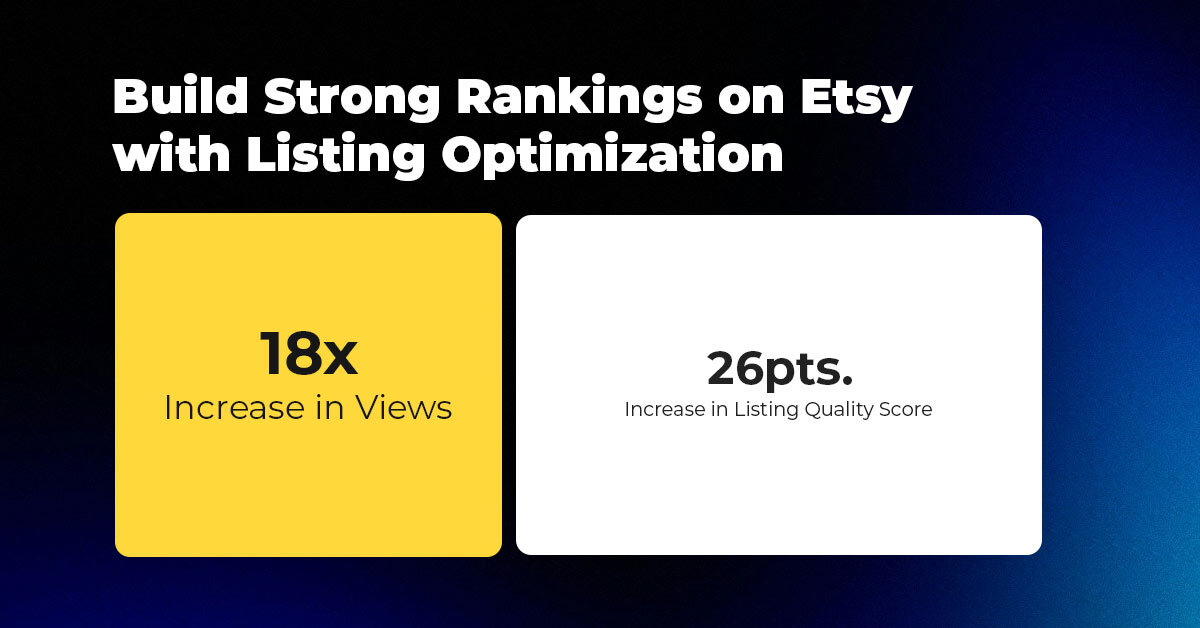
About the Client Shop Name: CrystalHealStore Marketplace: Etsy Focus: Bohemian & Ayurvedic-Inspired Fashion Location: Global

About the Client Shop Name: PinwheelCraftsStore Marketplace: Etsy Focus: DIY Craft Kits for Kids Location:
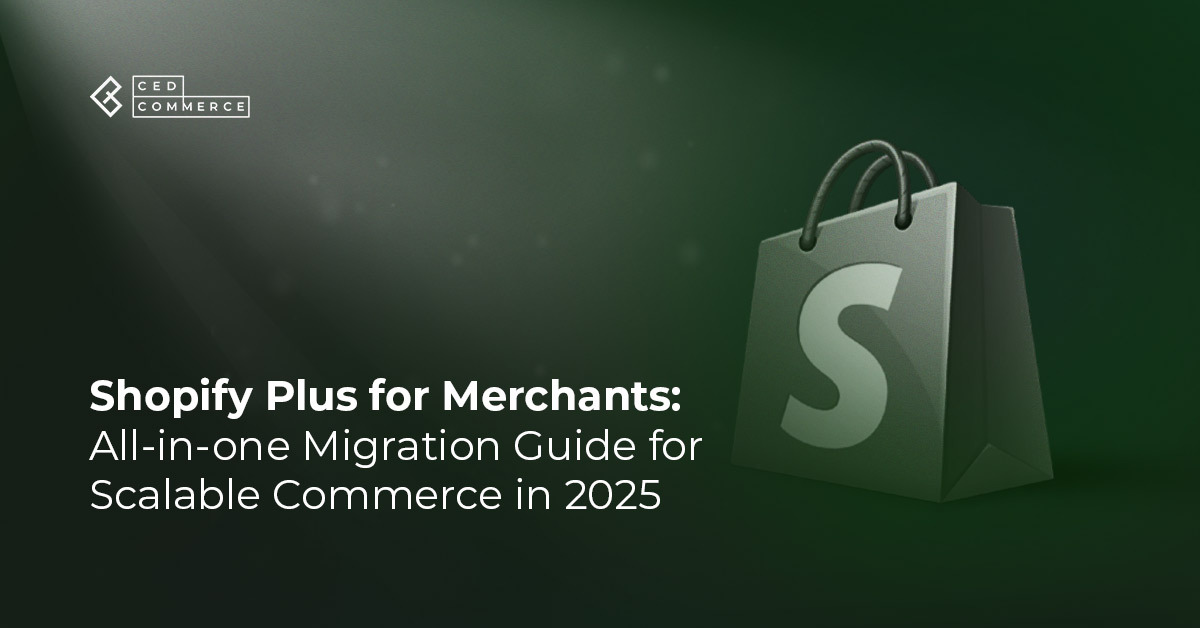
It just took one Black Friday crash for Gymshark to realize their growth had outpaced
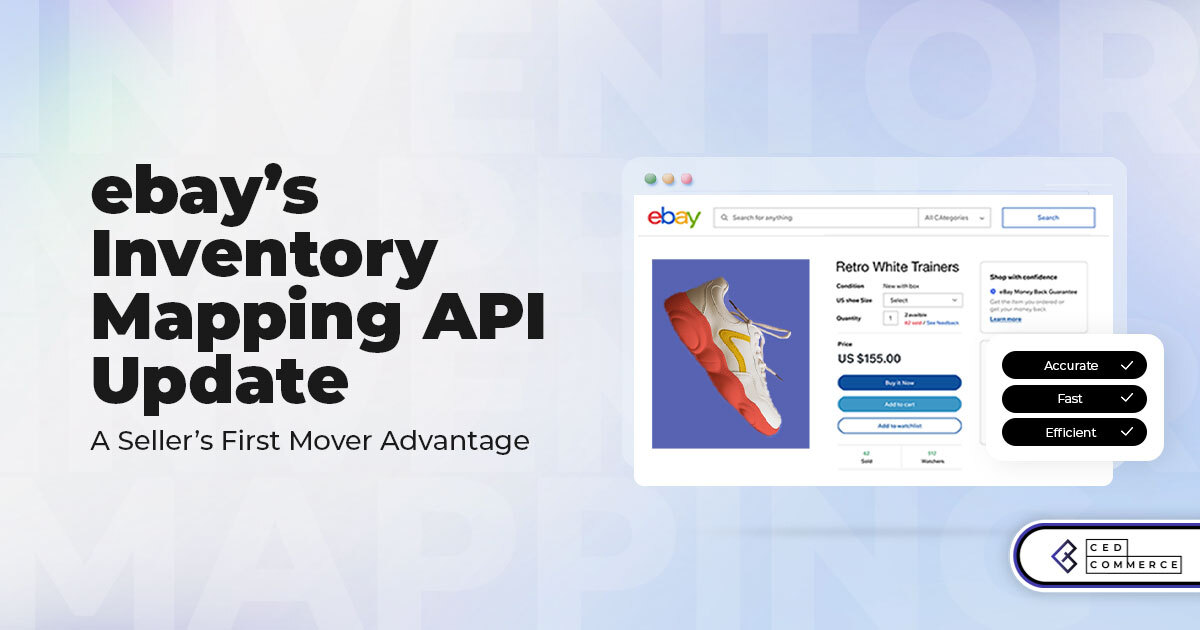
It takes on average 5 to 10 minutes to list a single product on the
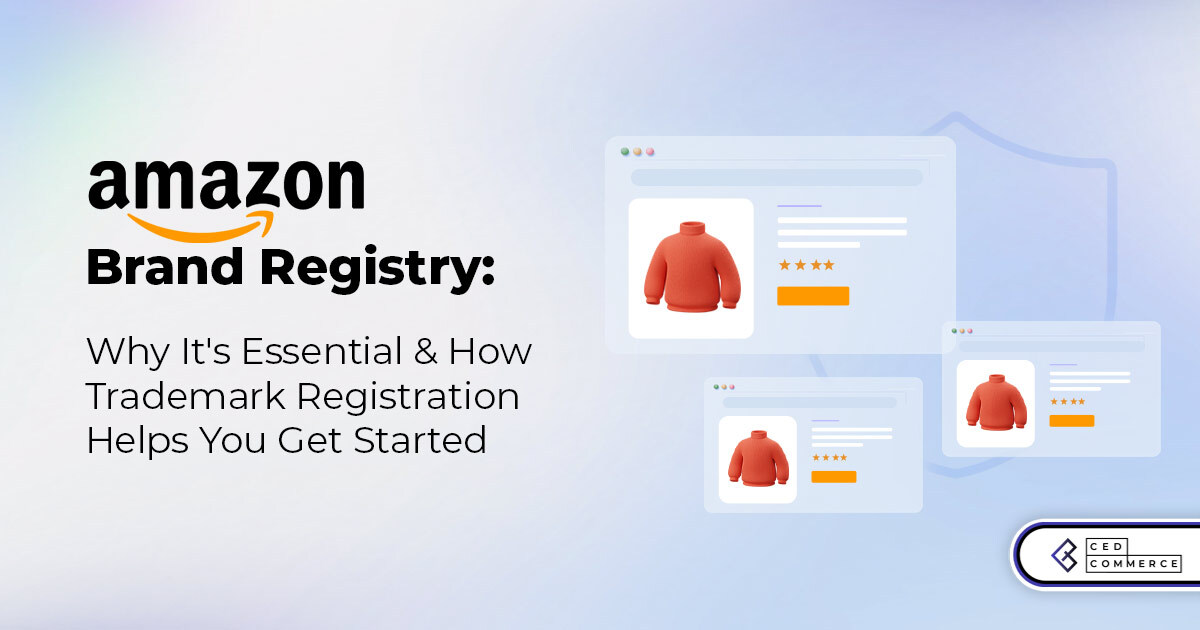
With millions of sellers on Amazon, protecting your brand has never been more important. Counterfeit

TikTok isn’t just setting trends anymore — it’s rewriting the playbook for performance marketing, creative
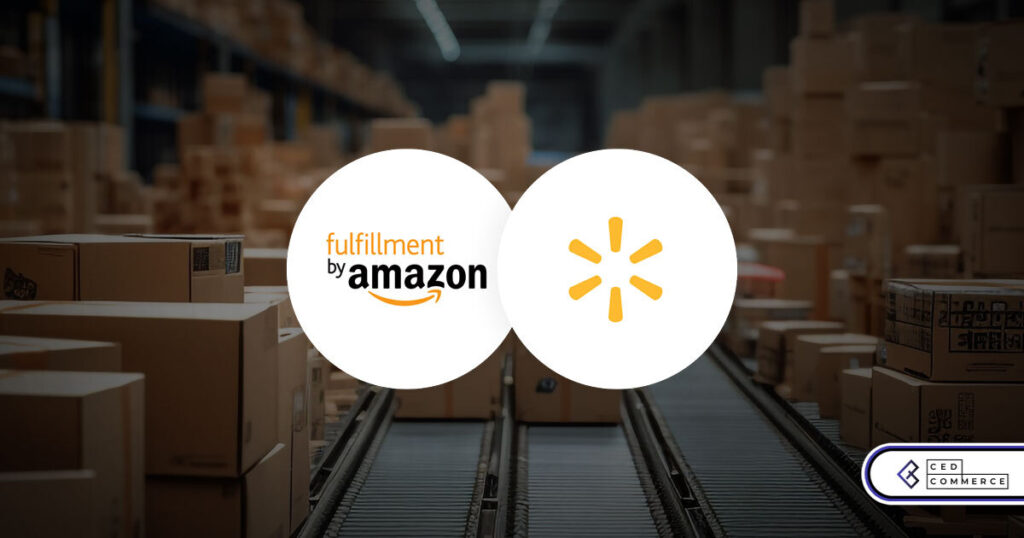
In a significant development for online retailers, Walmart has officially updated its policies to permit
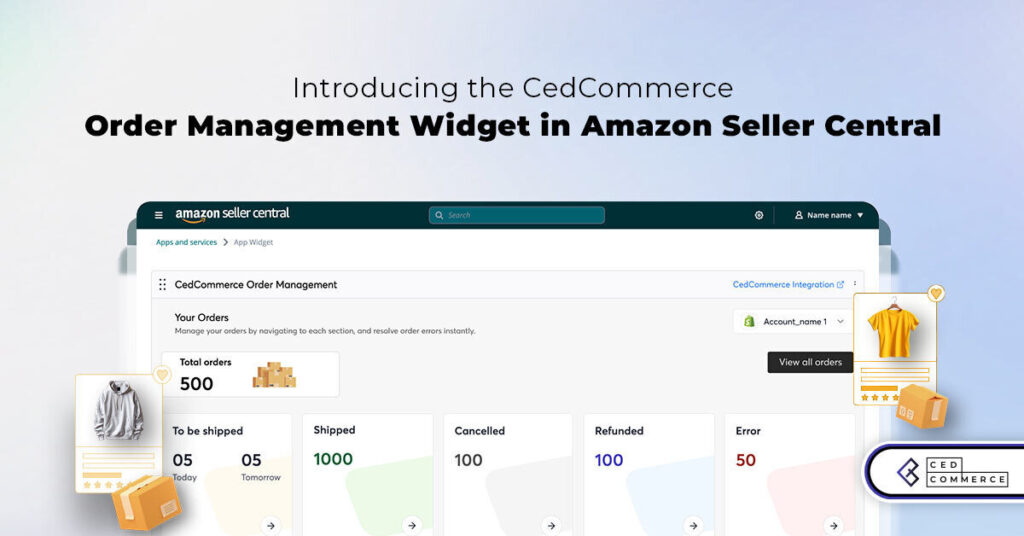
Are you encountering issues with Amazon order management across various sales channels? If so, everyday
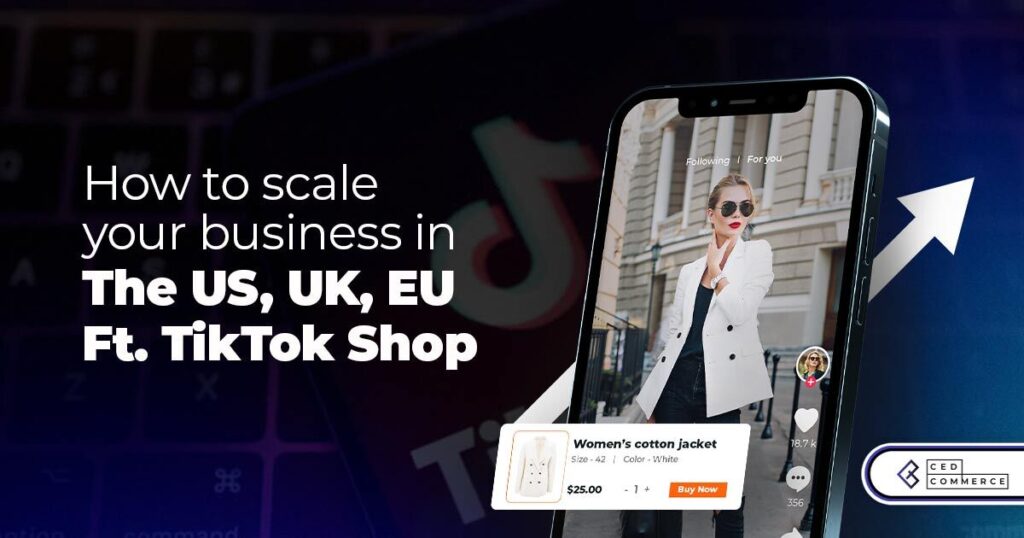
A Deep Dive into Selling Smart on TikTok Shop UK, TikTok Shop US, and TikTok
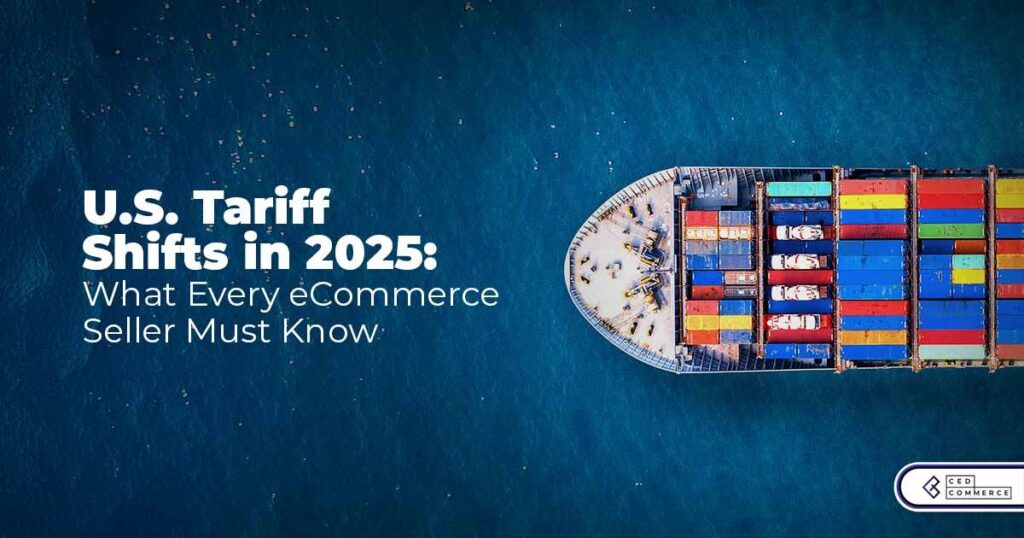
In a world where cross-border commerce fuels eCommerce growth, tariffs are no longer just policy
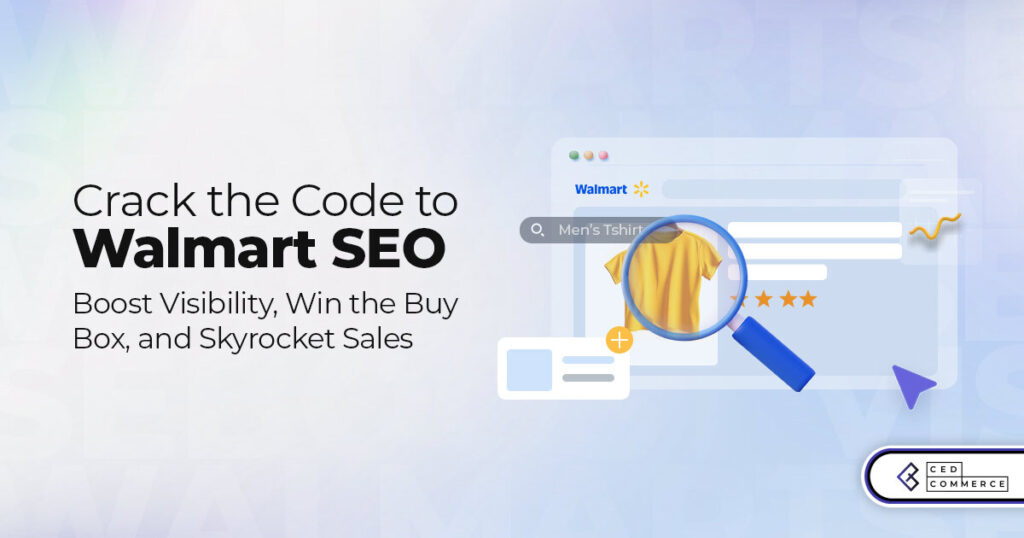
In the world of eCommerce, visibility is everything—and Walmart Marketplace is no exception. With thousands
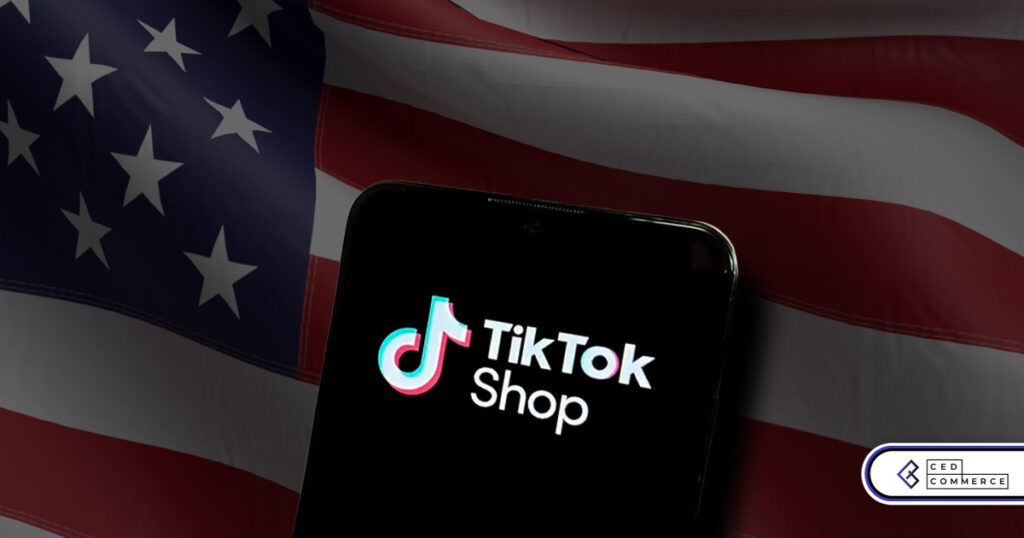
In what comes as a major relief for TikTok and its millions of users in

In a move aimed at enhancing product quality and boosting buyer confidence, TikTok Shop has

Selling on Amazon offers immense opportunities, but one of the most crucial decisions sellers face

Amazon is doubling down on AI-driven selling tools, introducing a new AI-generated product enrichment pilot
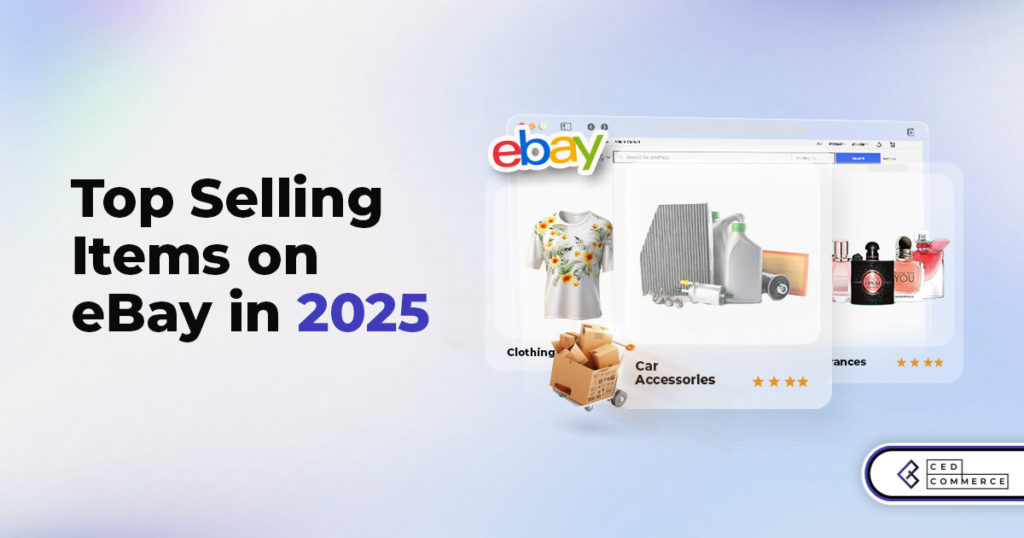
With over 17.6 million sellers on eBay marketplace, cracking the code behind the top selling

Amazon is doubling down on artificial intelligence, introducing the AI-powered ‘Interests’ feature that automatically finds

U.S. President Donald Trump has hinted that a TikTok deal is on track before the